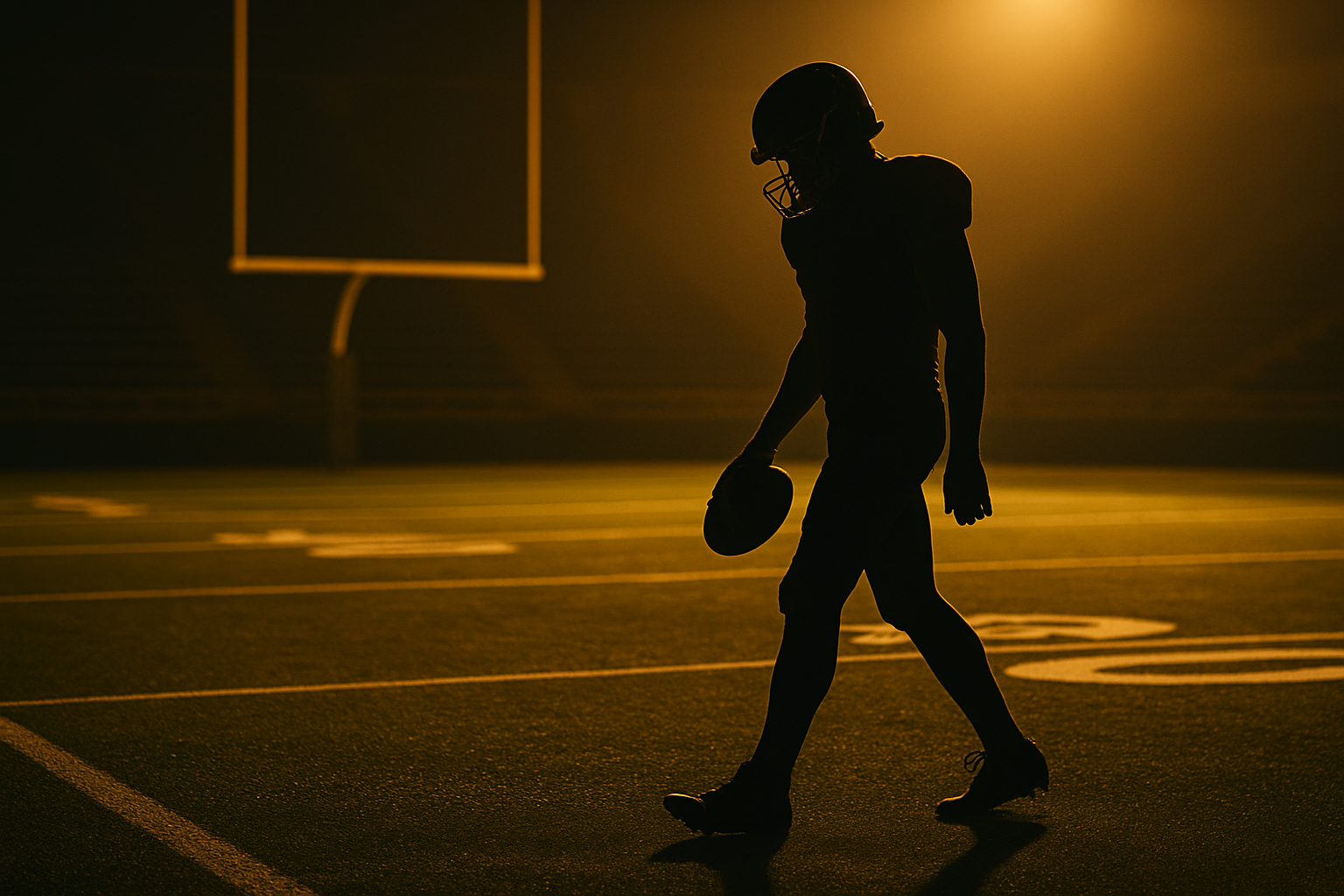It's official. College athletes are about to get paid—and I’m not talking about NIL crumbs or free meal swipes at the training table. We’re talking direct revenue-sharing payments from schools. Real checks. Like, “Uncle Sam’s watching” checks.
The recent House v. NCAA settlement means schools could be shelling out around $20 million a year to their athletes. That’s right—college campuses are about to look a little less like institutions of higher learning and a little more like tax brackets. And while the headlines are all about justice, fairness, and finally giving athletes their due (amen to that)… let’s talk about the other wave this is about to create.
Youth Sports Just Became a Business Plan
Growing up I looked at the NFL or NBA as the mountaintop. Now? College is the new professional league. Parents are going to start treating Pop Warner and AAU like private equity firms. We’ll soon be hearing things like “We invested early, we expect a return.”
Imagine how wild it's already been on the sidelines. Now throw $200,000 a year in potential earnings into the mix. Moms and dads aren’t yelling just for playing time anymore—they’re yelling over wages. “Why is my son only getting 12 snaps, Coach?! That’s future revenue sitting on the bench!”
Youth sports were already intense. This just took it from “competitive” to “Shark Tank meets Friday Night Lights.”
And here’s the thing that makes me pause: what does this do to the kids?
These young athletes are already under an immense amount of pressure. You’ve got 16-year-olds getting recruited on TikTok, ranked by strangers online, and now—potentially—valued like they're on the free-agent market. Don’t believe me? Just imagine an eighteen-year-old college kicker who misses a field goal and then spends the next 24 hours getting hate DMs because some fan lost a $30 parlay.
The NCAA even had to roll out a TV ad talking about harassment of athletes. And trust me, there’s going to be a lot more coming.
We’re selling dreams, sure. But pressure is part of the price tag. And for every athlete cashing in, there are thousands more wondering why they're not. We better be ready with more than just highlight reels and Hype House NIL collectives. These kids will need support—mental, emotional, and financial literacy – like never before.
From “Have Nots” to “Have A Lot… For Now”
Let’s talk about the new class system this creates. We're going to see a college environment where one athlete makes $2 million a year and the guy next to him gets $100,000. While this dynamic currently exists in pro sports, it will be new to college. In the NFL, there’s a clear class structure in the locker room. Players know who earns what, and why — it’s understood, accepted, and managed professionally. In college, that structure doesn’t exist. The transfer portal and NIL have introduced new variables and external voices — parents, agents, influencers — that impact player decisions in real time.
Without established hierarchies or standardized contracts, expectations can spiral and internal cohesion becomes harder to maintain. The result is a dynamic where players are constantly evaluating their value based on outside noise, not an established system. Only coaches know what this can do to a team that requires everyone's buy in on every play.
You think team dynamics are tricky now? Just wait.
Then comes the real twist: What happens when college athletes making NFL-type money realize life after sports doesn’t come with direct deposit? It’s hard to go from $20,000 a month in college to $60,000 a year in corporate America. I saw this first-hand with a lot of guys who struggled to transition to life after their playing careers ended because the lifestyle was the first thing they built—and the last thing they could let go of.
This is déjà vu. Only now, we’ve moved the problem up a level.
The Bottom Line
I’m happy college athletes are finally getting paid. We earned it. But let’s not pretend this doesn’t come with new challenges. We’re shifting the entire sports economy—and youth sports is about to become a high-stakes audition tape. Parents will spend more. Kids will feel more pressure. Mental health will matter even more. And we’ll need to be ready to help athletes not just win now—but transition later.
As someone who’s lived through it, I can tell you: the hardest part of the game is what comes after it ends.

